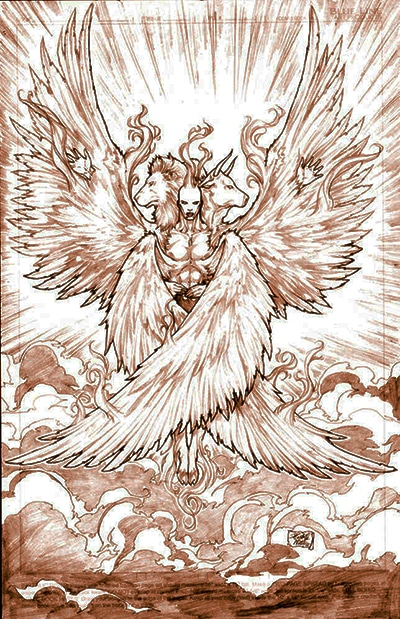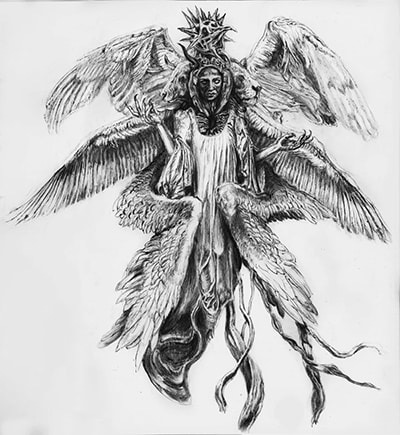What do angels really look like, according to the Bible? Let’s find out!
Ever wondered what angels really look like? As Christians, we often see popular media portray these heavenly beings with beautiful feathered wings, features like humans, halos, and more.
But are these depictions of angels actually accurate, according to the Bible?
Let’s investigate! We’ll delve deeper into God’s Word together as we separate cultural myth from timeless Truth.
Disclaimer: Please remember, as believers in Christ, we are called to direct our worship only to the Lord, not to angels in any way (Exodus 20:3; Revelation 19:10). However, I believe being curious about God’s amazing creations, such as angels, can be a great way to be in awe of His endless creativity and power.
Fun fact: Angels are mentioned approximately 273 times across the Old and New Testament! Jesus himself mentions them a few times (e.g. Matthew 13:41-42; Luke 15:10; Mark 13:27).
What are heavenly angels?
So, what exactly are angels? In this post, let’s specifically focus on the heavenly kind, not the fallen ones (Revelation 12:7-9).
Here’s what we can gather from the Bible.
Heavenly angels (Greek: “angelos”; Hebrew: “malach“) are messengers and unique creations of God, designed to serve His specific purposes (Colossians 1:16). Given free will, their roles appear to be multifaceted, as depicted across the Bible.
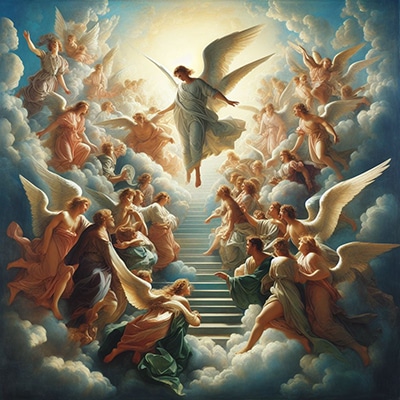
On one hand, angels help to deliver God’s divine messages to us. We see many examples of this in the Bible when angels announce key events, like the birth of Christ (Luke 2:10-12). Angels, such as Gabriel, also delivered important messages to Mary, Joseph, and Zechariah, unveiling God’s divine plans (Luke 1:11-38; Matthew 1:20-21).
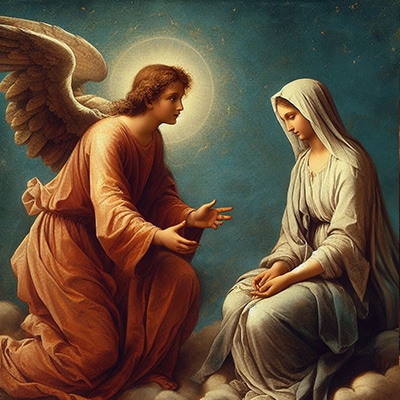
Additionally, they answer to God’s commands to protect and guide humans in times of need. For example, in the New Testament, an angel freed Peter from his chains and cleared the way for him out of prison (Acts 12:7-10).
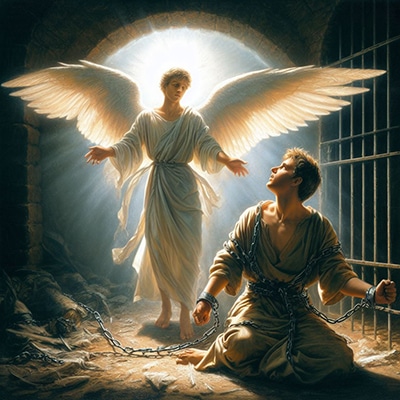
Moreover, they are worshipers and proclaimers of God’s infinite glory, often seen surrounding His throne in praise and adoration (Revelation 7:11-12).
In short, God created heavenly angels to execute His good plans.
I also believe that, in being made aware of them, we witness a glimpse of His limitless creativity, care, and steadfast love that extend well beyond our material realm.
What are some common cultural depictions of angels?
I’m sure many of us have seen the stereotypical portrayals of angels. You know, the ones that usually have at least one of the following qualities:
- Possessing wings and / or glowing halos;
- Wearing long, flowy clothes or, alternatively, epic battle attire (fantasy art);
- Playing musical instruments like harps;
- With human-like features, looking anatomically similar to grown adults or sometimes even babies (cherubs).
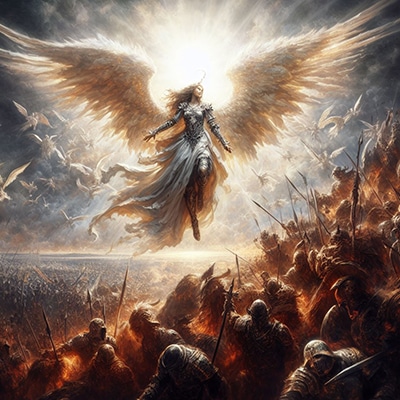
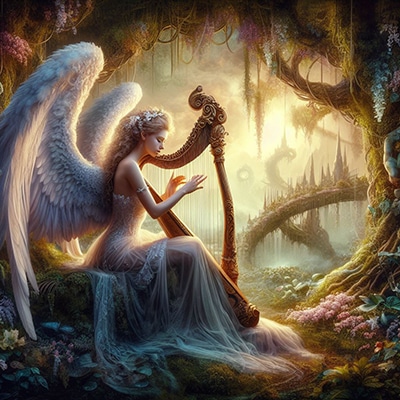
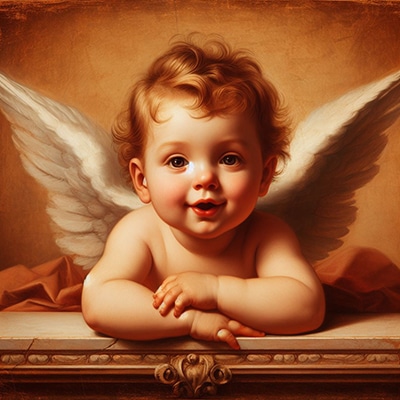
Here’s an interesting tidbit! Our modern ideas of what angels look like actually only really started to take shape around the 4th century – though formative artistic influences go back even further.
But, with that being said, our key question remains: Do these popular depictions of angels really align with how the Bible originally describes them?
What does the deer symbolize in the Bible? Find out here!
What do angels really look Like, according to God’s Word?
When we look closely at the Bible, I believe two key points become clear.
1. The Bible points to the existence of more than one type of angel, each described with unique roles, qualities, and varying degrees of detail
For example, here’s a non-exhaustive list:
- Cherubim: Introduced in Genesis 3:24, cherubim (the plural form of cherub) are heavenly beings armed with flaming swords. They were told by God to guard the way to the tree of life, after Adam and Eve were exiled from the Garden of Eden. The book of Ezekiel also mentions cherubim (more on this further down!)
- Seraphim: We first hear of seraphim in Isaiah 6:2-3. They are vocal in their faithful praise of God, saying “Holy, holy, holy is the LORD Almighty.”
- Archangels: Based on the Bible, we don’t know exactly how many archangels there are. However, Michael is specifically described as one (Jude 1:9). He is depicted as a “great prince” who protects God’s people (Daniel 12:1), as well as a mighty warrior leading heavenly angels in the charge against the forces of evil (Revelation 12:7–9).
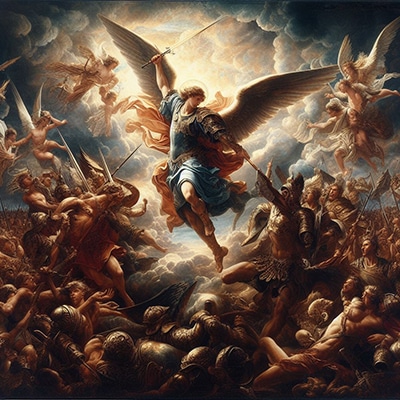
Note: Some Christian theologians have proposed that there are specifically nine levels or types of angels, typically divided into three ‘tiers’ to form a hierarchy. However, this concept is not explicitly outlined in the Bible. It is merely a product of later theological reflections and interpretations.
2. Heavenly angels in the Bible can look incredibly different from common cultural depictions of them
From reading the Bible, it’s clear that some angels present themselves in very dramatic forms.
When I say ‘dramatic’, I really mean “AHHHHHH, that’s epic… and intimidating!”
The cherubim are prime (but not the only) examples of this visual epicness.
Check out Ezekiel’s vivid (and frankly, scary-sounding) description of them.
“Each of the cherubim had four faces: One face was that of a cherub, the second the face of a human being, the third the face of a lion, and the fourth the face of an eagle” (Ezekiel 10:14).
Four faces?! But that’s not all.
Along with each standing beside “a wheel intersecting a wheel” that sparkles like topaz (Ezekiel 10:10), the cherubim have multiple wings. “Their entire bodies, including their backs, their hands, and their wings, were completely full of eyes, as were their four wheels” (Ezekiel 10:12).
That’s wilddddddd!
So wild that I wasn’t able to find any images that completely capture the dramatic scope of their angelic appearance. However, here are some approximate artistic representations:
As for their “wings full of eyes”, imagine gazing at these – as they gaze back at you.
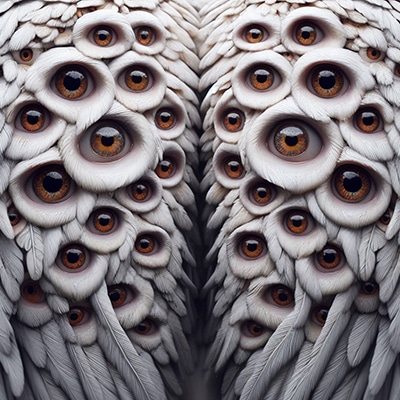
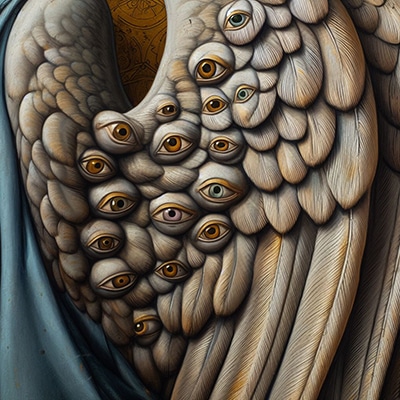
What about the wheels intersecting each other, within which were “the spirit of the living creatures” (Ezekiel 1:20)?
Based on these descriptions, it’s obvious that the biblical appearances of heavenly angels, particularly cherubim, are a far cry from the commonly seen cute depictions of babies with small wings.
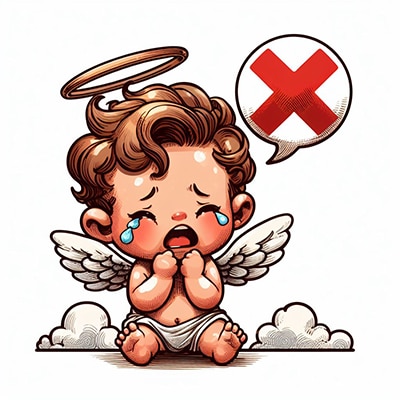
Wait – do all angels in the Bible look as wild as cherubim?
Short answer: nope!
Take for example Daniel’s encounter with the angel Gabriel. Daniel actually describes Gabriel as appearing simply “like a man” (Daniel 10:15).
There’s no mention of angelic wings, halos, or even numerous eyes. Nonetheless, even with his seemingly ‘ordinary’ appearance, Gabriel’s presence alone initially terrifies Daniel, making him fall prostrate (Daniel 8:17).
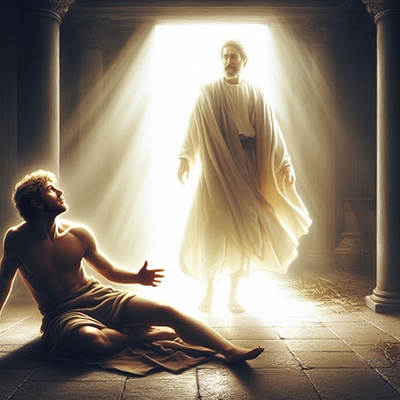
But Daniel’s startling encounter isn’t always the norm in the Bible.
In other instances, angels appear to adopt much less imposing appearances, to the extent that people sometimes don’t immediately recognize their heavenly nature.
Here are a few examples out of several:
- Lot’s visitors (Genesis 19:1-5): Two angels came to warn Lot about the impending destruction of Sodom. While he recognized them to be heavenly beings, their appearance seemed to be so human-like that the city’s residents mistook them for men (Genesis 19:5).
- Subtle yet supernatural (Acts 12:7-10): The angel that liberated Peter filled the prison with light, yet this didn’t abruptly shock Peter from his daze. This suggests that the angel’s appearance was, at the very least, far less startling than, say, a four-headed cherubim’s would be. At first, Peter even believed he was seeing a vision (Acts 12:9).
- Angels in disguise (Hebrews 13:2): Taken literally, this verse appears to advise us to be hospitable to people as, you never know, we may actually be entertaining angels disguised as ordinary folk.
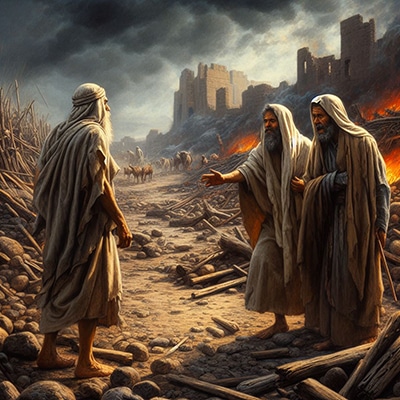

What will the second coming of Jesus be like? Read to find out!
Conclusion: Don’t limit how God can create His angels!
The Bible gives us just a tiny peek into God’s incredible world of angels. From the multi-headed, many-eyed cherubim to angels with more everyday forms, it seems this diverse lineup really showcases His vast and boundless creativity.
However, God’s Word doesn’t detail the look of every single angel out there – and Revelation 5:11 hints that there are literally millions of them!
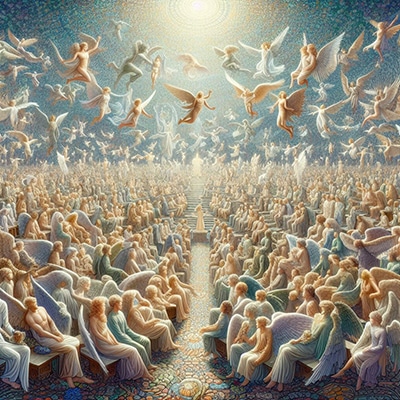
So, my conclusion is: if we are able to imagine what they look like, you can bet that God is able to take whatever we can conceive a gazillion steps further! As our supreme Creator, He has the power to shape angels into any form He desires, infinitely transcending anything we know or experience here on Earth.

But anyway, the next time someone tells you “Hey, you look like an angel!”, ask them: “Which kind, the biblical ones?” That’d be a great conversation starter! 😀


